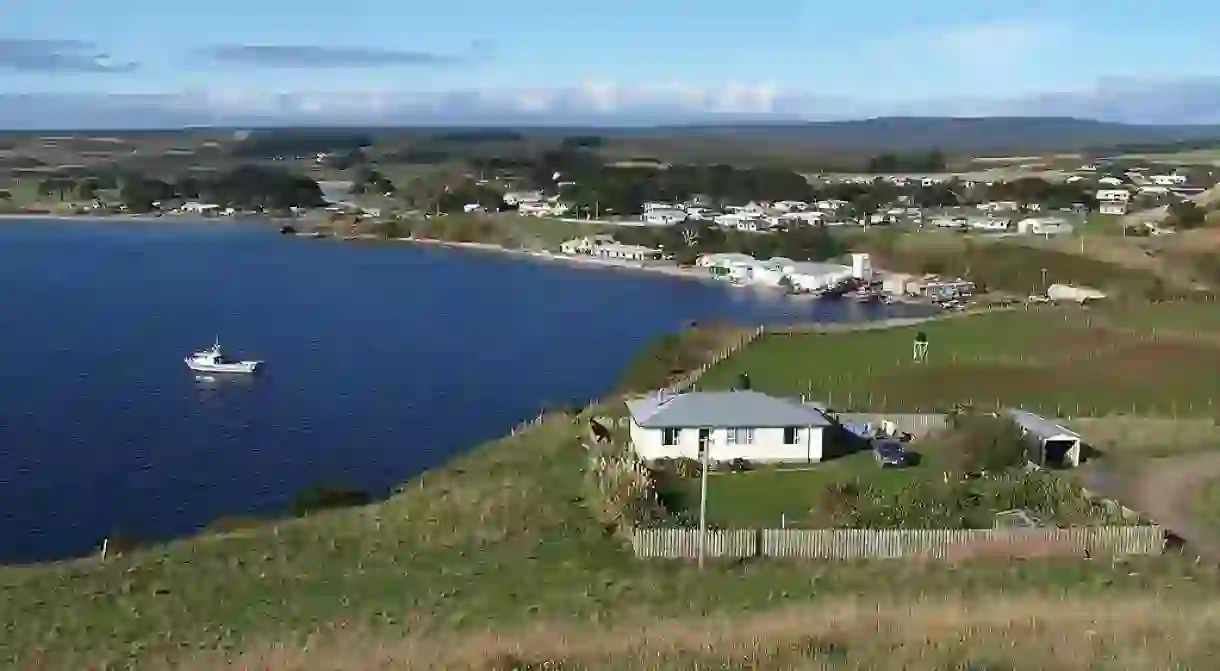This Island Will Be the First Place on Earth to Welcome the New Year

In the race to reach the New Year’s finish line, the Chatham Islands are the world’s true victor – and, unlike its dissenting opponents, they managed to do so without mangling with their time zone. Find out more here.
If you’ve never stumbled across the name before, the Chatham Islands is an archipelago approximately 650 kilometres (400 miles) east of New Zealand’s South Island. Only two of its 11 islands are actually inhabited: the Chatham and Pitt Islands, which are in turn the area’s largest. According to the US Navy’s Astronomical Applications Department, Kahuitara Point on Pitt Island is the first populated place in the world to see the 1 January sunrise every year, at 4:50 am in its local time – just 45 minutes ahead of mainland New Zealand.
It must be said that competition for who gets the bragging rights for the first New Year sunrise is incredibly fierce and not without controversy. In the 1990s, Kiribati moved its International Date Line further east to Honolulu – putting forth the claim that their very own Caroline Island (later renamed Millennium Island) was set to be the first place in the world to enter the third millennium. Alas, by the time the year 2000 was looming, the sun rays over Pitt Island beat Kiribati’s by a full 25 minutes.

Other Pacific Island contenders have tried to step up since then, with little success. Both Samoa and Tokelau skipped December 30 2011 as they shifted to New Zealand’s side of the dateline – a move mainly attributed to an improvement in international trade opportunities – but were still behind the New Zealand city that’s usually the first in the world to see the sunrise, Gisborne.
But there’s more to the archipelago than its millennial milestone.
The Chatham Islands are also renowned for their unique natural landscapes and unique wildlife. Over the years, these have inspired a handful of New Zealand-made documentary features as well as attracting keen photographers and nature lovers to the islands. Each distinctive region on the Chathams has its own speciality, from sand dunes and basalt columns to rolling cliffs and rugged terrains. The bird life is what has, over the years, brought the islands plenty of international acclaim: famous species include the Chatham Island Tui, the Chatham Island Petrel, and the endangered little black robin.

Despite its firsts, the little Chathams were the last Pacific Islands to be settled. Polynesian Moriori are believed to have arrived on Chatham Island some 800-1000 years ago, naming it ‘Rekohu’ and living there for a good 200 years without any contact from the outside world. In 1791 Lieutenant William Broughton ‘re-discovered’ the island during his voyage on the HMS Chatham and Maoris reached its shores in 1835 – the latter group decided to call their new home ‘Wharekauri’. Nowadays these three distinct cultural groupings have come together to form the contemporary Chatham Islander identity, and there are numerous historic sites across each settled island showcasing its eclectic settlement roots.
These days, some 600 people call the Chatham Island home, while another 40 reside on Pitt Island. Commercial fishing is the island’s biggest trading sector, while the tourism, farming and forestry industries follow closely behind. While visitors can fly onto Chatham Island from the major New Zealand airports, Pitt Island can only be reached by charter transport.














